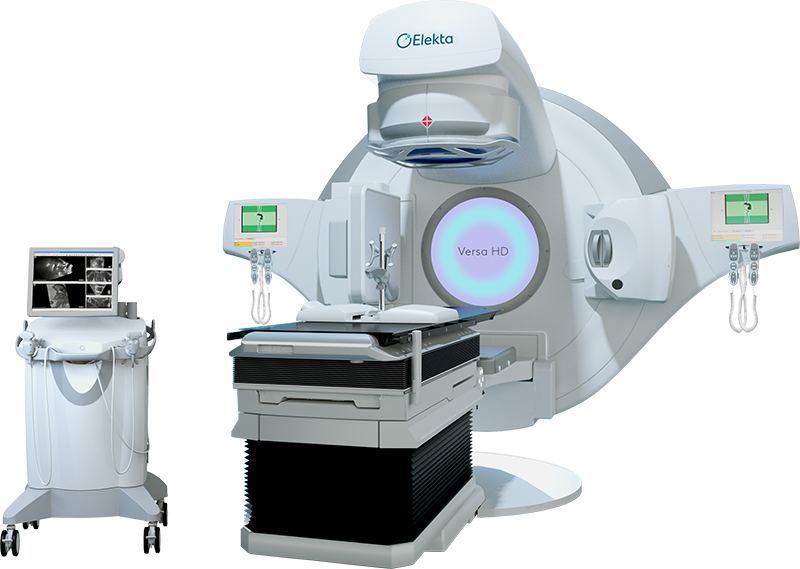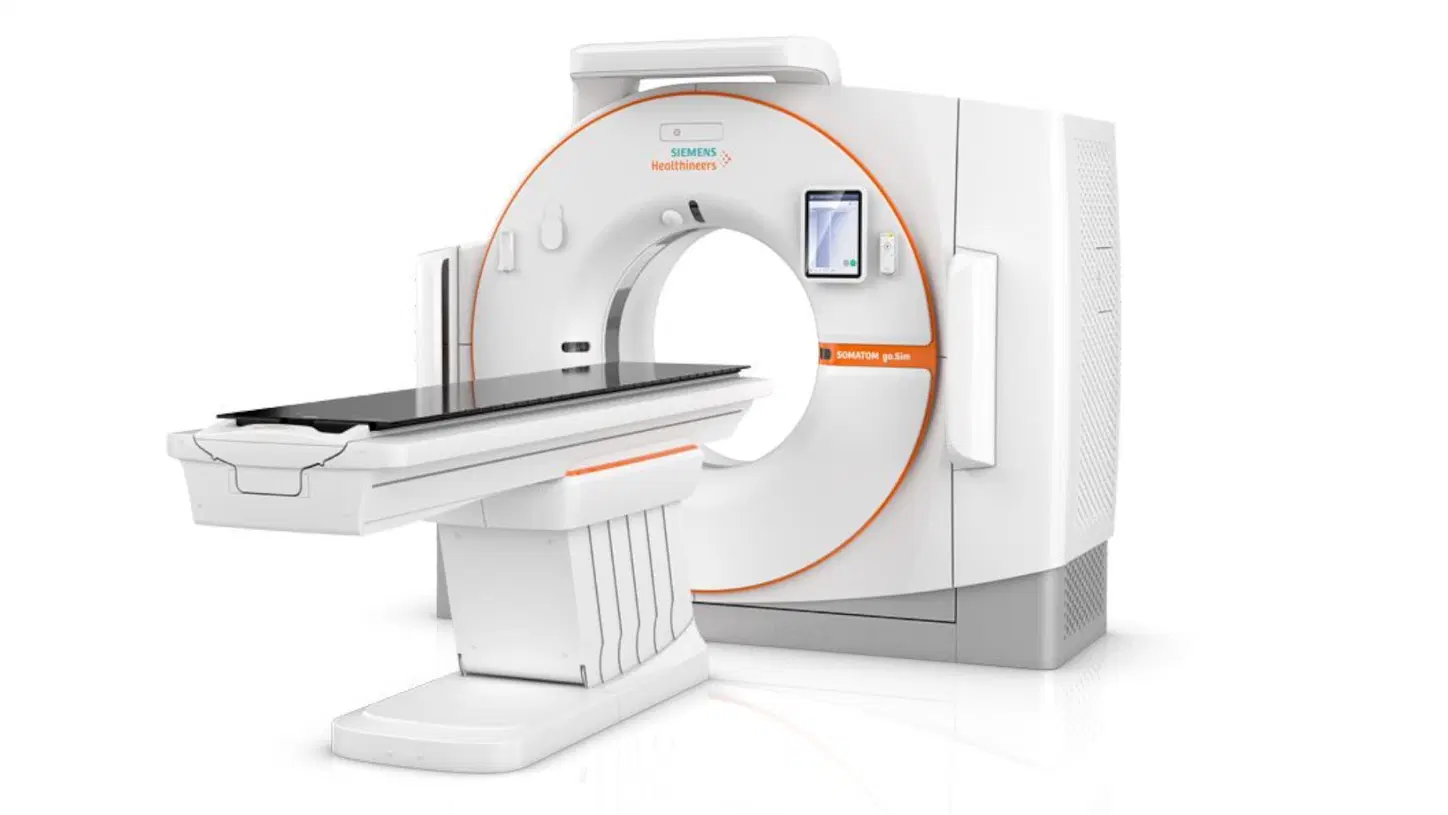- "Manavdaya Trust Sankul", Saroli, Dist. Surat, Gujarat.
- OPD : Mon - Sat 10.00 - 06.00. Sunday CLOSED
-
 24 Hour Helpline
24 Hour Helpline
-
 Emergency
Emergency
-
 Ambulance
Ambulance
Radiotherapy Treatments
Radiotherapy Treatments
This center is equipped with ultra modern linear Accelerator Siemens Oncor Expression capable of delivering most sophisticated types of external beam radiation treatments like 2 Dimensional Conventional Radiotherapy (2DRT), 3 Dimensional Conformal Radiotherapy (3DCRT), Intensity Modulated Radiotherapy (IMRT), Stereotactic Conformal Radiotherapy (SCRT), Image Guided Radiotherapy (IGRT) which are much superior compared to Cobalt Radio Therapy.
Siemens Emotion 6 CT Simulator for planning high precision external Beam Radiotherapy and Virtual Simulation. Nucletron HDR brachy therapy machine with 30 channels for 3 dimensional brachy therapy treatment in cancers of Breast, Gynecological sites, Head & Neck region, GI tract and Sarcomas. Bharat Cancer Hospital is headed by Dr. Nilesh Mahale who has previously worked at Tata Memorial Hospital, Mumbai. He has vast experience in treating all types of malignancies with high precision radiotherapy. His team comprises experts handpicked from Tata Memorial Hospital, Mumbai and GCRI Ahmedabad.
Somatom Emotion 6 CT Simulator for EBRT planning and Virtual Simulation
CT Simulator and radiotherapy software are used for computerized planning of high precision External Beam Radiotherapy For virtual simulation patient images are acquired with patient on couch and image reconstructions are done by software. Based on these images radiotherapy can be planned in the absence of patient. Three orthogonal moving lasers are used to extrapolate point of reference for plan execution and radiotherapy delivery. Precise delivery of radiation to target organs and maximum sparing of adjacent critical structures thus maximizes therapeutic gain.
Siemens Oncor Expression Linear Accelerator Latest Linear Accelerator capable of delivering most sophisticated
TYPES OF EXTERNAL BEAM RADIATION TREATMENTS
2D-CRT(2 Dimensional Conventional Radiotheraphy)
Long established technique of radiotherapy. This type of radiotherapy can be delivered with Cobalt machine or Linear Accelerator (LA). At our Centre we have additional facility for CT scan based planning and verification with portal imaging.
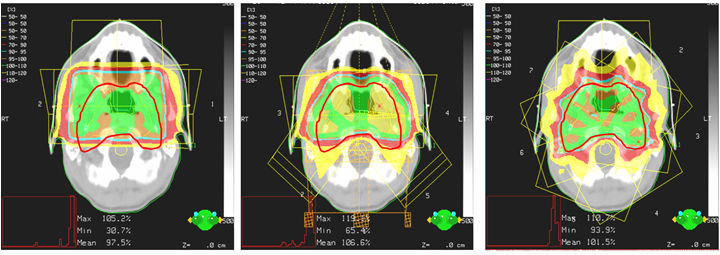
3 Dimensional Conformal Radio Therapy (3D-CRT)
Tumors are not regular, they come in different shapes and sizes. 3D-CRT, uses computers and high definition software with special imaging techniques to simulate the size, shape and location of the tumor. Computer Assisted Tomography (CT Scan), Magnetic Resonance Imaging(MRI Scan) and/or Positron Emission Tomography ( PET Scan) are used, individually or by fusion, to create detailed, three dimensional representations of the tumor and the surrounding organs. This therapy, uses a multi leaf collimator (MLC) to frame precise radiation beam to a targeted area. The MLC is a device with a series of computer-controlled leaf-like plates. As the radiation beams are very precisely directed, adjacent normal tissues receives less radiation and are able to heal quickly. Hence, this treatment is superior to the conventional 2D treatment.
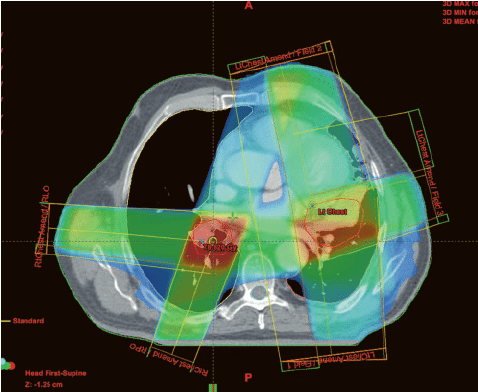
Intensity Modulated Radiotherapy (IMRT)
IMRT is an advanced mode of high precision radiation. In IMRT, MLCs are used to subdivide (modulated) radiation beams into many beamlets aimed at the tumor, from various directions. Also, intensity of each of these beamlets can be adjusted individually. Thus, it is a specialized form of 3D-CRT that allows radiation to be shaped exactly to fit the tumor. Using IMRT, it is possible to further limit the amount of radiation that is received by healthy tissues near the tumor as compared to 3D-CRT. In many situations, this may also allow a relatively higher dose of radiation to be delivered to the tumor, increasing the chance of cure. As this method of treatment delivery is very accurate, proper positioning of the patient becomes crucial.

Stereotactic conformal radiotherapy (SCRT)
Stereotactic conformal radiotherapy (SCRT) is a high precision technique of fractionated radiotherapy which ensures accurate delivery of radiation with reduction in the volume of normal tissue irradiated as compared to conventional external beam radiotherapy. The technique of SCRT has become a part of the routine work of the radiotherapy department. The treatment was well tolerated with minimal acute toxicity
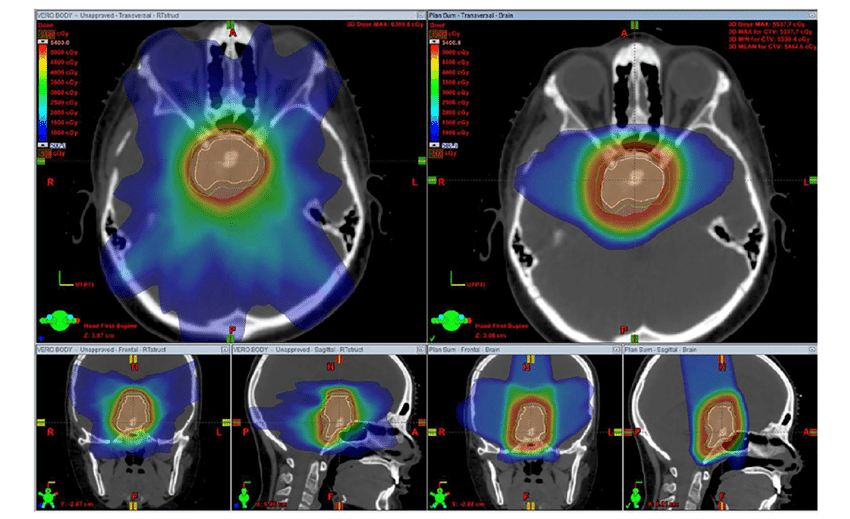
Image Guided Radiotherapy (IGRT)
Image Guided Radiation Therapy (IGRT) helps to improve the delivery of radiation. It is a advanced type of IMRT which involves conformal radiation treatment guided by a CT scan (called Cone Beam CT), taken in the treatment room just before the patient is given the radiation treatment. The imaging information from the planning CT scan done earlier is overlapped on this Cone Beam CT.
With this technique, movement of the tumor due to differences in organ filling or breathing or reduction in size can be tracked. Variations as small as one mm in daily positioning of the patient is detected and corrected instantly.
IMRT improves the precision of radiation delivery while IGRT improves the accuracy of radiation delivery by incorporating temporal changes. Hence, IGRT is by far the most advanced form of radiotherapy today and Nirali Memorial Radiation Centre is the first to install and use it in Southern Gujarat.


